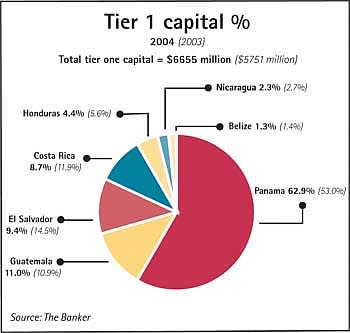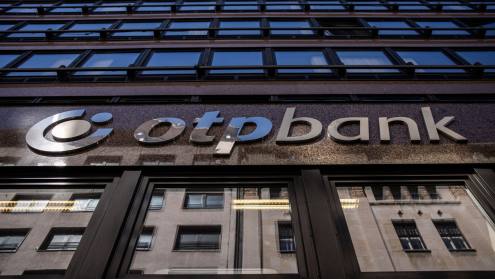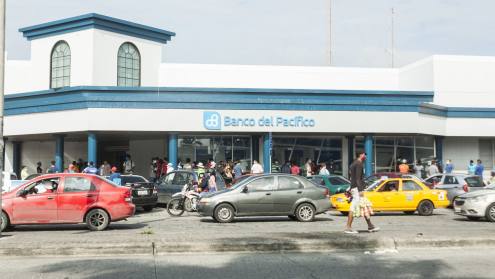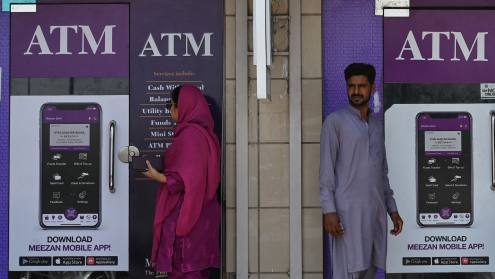Panama dominates the annual listing of the Top 100 banks in Central America and is likely to continue to do so as regional bank groups opt to set-up their holding companies there. The country has 36 banks in the Top 100, five more than last year.
Both Banco Cuscatlán, originally headquartered in El Salvador, and the BAC Credomatic group from Costa Rica have expanded into Panama and established holding companies there. Cuscatlán has established Corporación UBC Internacional, which enters our listing at number three, and the BAC Credomatic group restructured its relationship with its Panamanian subsidiary BAC International Bank to make it the group’s holding company, which entered our listing last year in seventh position and moves up this year to sixth.
Panamanian attraction
The attraction of Panama as a location for group headquarters is that it is regarded as having the most developed regulatory framework in the region, including consolidated supervision of subsidiaries in other Central American countries to ensure they meet Panamanian standards. The arrangements the regulators have made with their counterparts in other countries in the region to facilitate this could be a precursor for full harmonisation of regulation across the region, something that is sorely needed if further development of cross-border banking is to occur. Panama is also seen as having more favourable regulations on non-domiciled loans and tax treatment.
Panamanian bank Primer Banco del Istmo (Banistmo) has pursued a policy of regional expansion through acquisition over the past six years to become the largest bank in our listing by assets and fourth by Tier 1 capital. Other banking groups, and financial groupings that include banks, exist in the region but are domiciled in countries that do not have consolidated supervision so the banks appear in our listing as individuals.
Guatemala has the second largest representation in the listing, with 21 banks, followed by Honduras with 13 and Costa Rica with 12. Only two of the top 10 banks are headquartered outside Panama: Banco Agricola (El Salvador) at eight and Banco de Costa Rica at nine.
Total Tier 1 capital for the 100 was $6655m, a rise of 15.7% on the previous year, total assets were $65,351m, up 12.0%, and total pre-tax profit was $1279m, a rise of 13.2%. The 36 Panamanian banks accounted for 62.9% of the aggregate Tier 1 capital, 51.3% of aggregate assets and 60.0% of the aggregate pre-tax profits of the 100. As a comparison, Brazil’s Banco Itaú, which headed our Top 100 Latin American bank listing last August, had Tier 1 capital of $5966m and Banco Bradesco, ranked second, had assets of $69,678m and pre-tax profits of $1367m.
Business penetration
The Central American banks are seeking to increase their penetration into the personal, consumer and mortgage business lines because this is an area of huge opportunity – private sector credit levels are well below 40% of GDP in most countries in the region. A large number of the population do not use banking products and have low incomes. Attracting them would increase the loan volume and the asset base, in turn increasing profitability.
The significant growth opportunities of the region, even allowing for risks from non-investment grade sovereigns and large-scale dependence on the US market for exports, are attracting foreign interest. Banco Popular from Puerto Rico recently acquired a 19.99% stake in Corporación UBC Internacional and GE Capital has taken a 49.99% stake in BAC International Bank.












